CompTIA Security+ Certification
Security Architecture
Data Classifications
Classifying data is a critical step in effective data protection and management. By applying data classification tags, organizations can ensure that security controls travel with the data and are enforced consistently, regardless of how or where the data is used. This approach simplifies the management of sensitive information and reduces the risk of data breaches.
To start classifying data, consider its intended usage, the stakeholders involved, and the potential impact of a breach. For example, business units involved in research and product development might handle inventions, designs, or intellectual property on a daily basis. Such information is often proprietary and may be targeted by competitors, foreign governments, or criminal organizations.
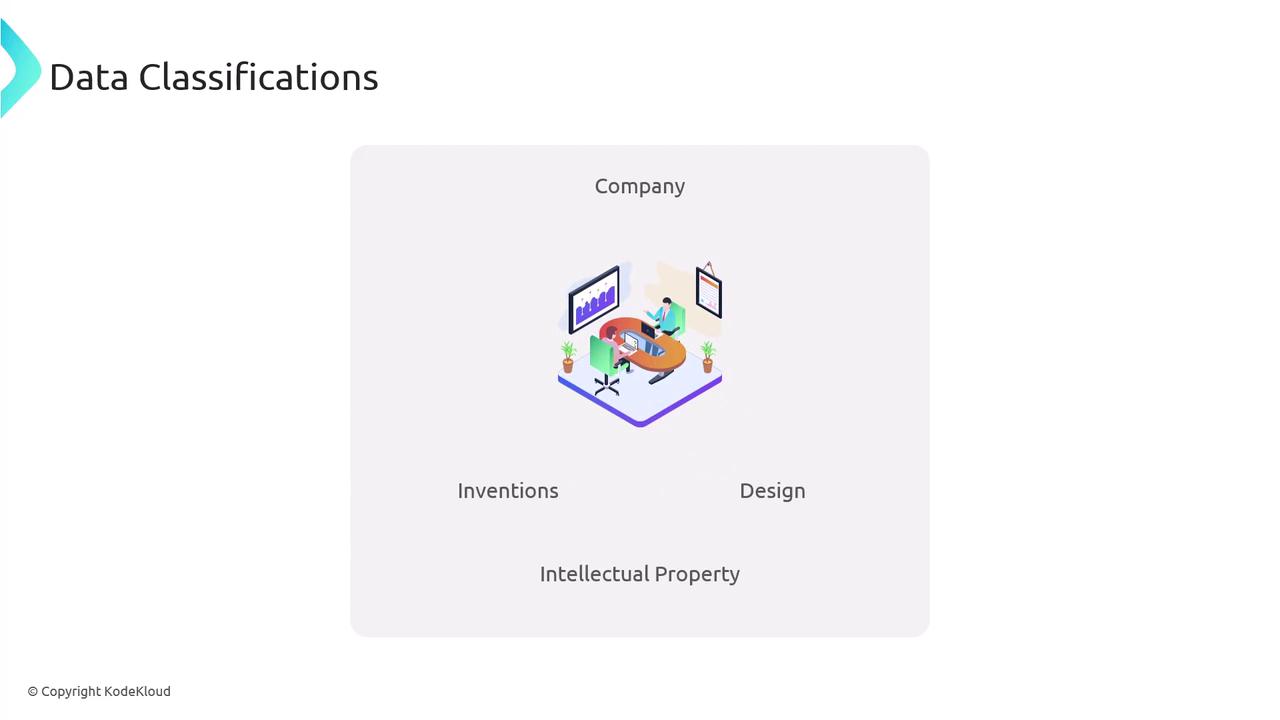
Note
When classifying data, always verify the sensitivity level and who should have access. This helps in applying the proper security measures.
Data classifications are typically broken down into several categories:
Public or Unclassified Data
Public or unclassified data generally has no restrictions and poses little to no risk to the organization.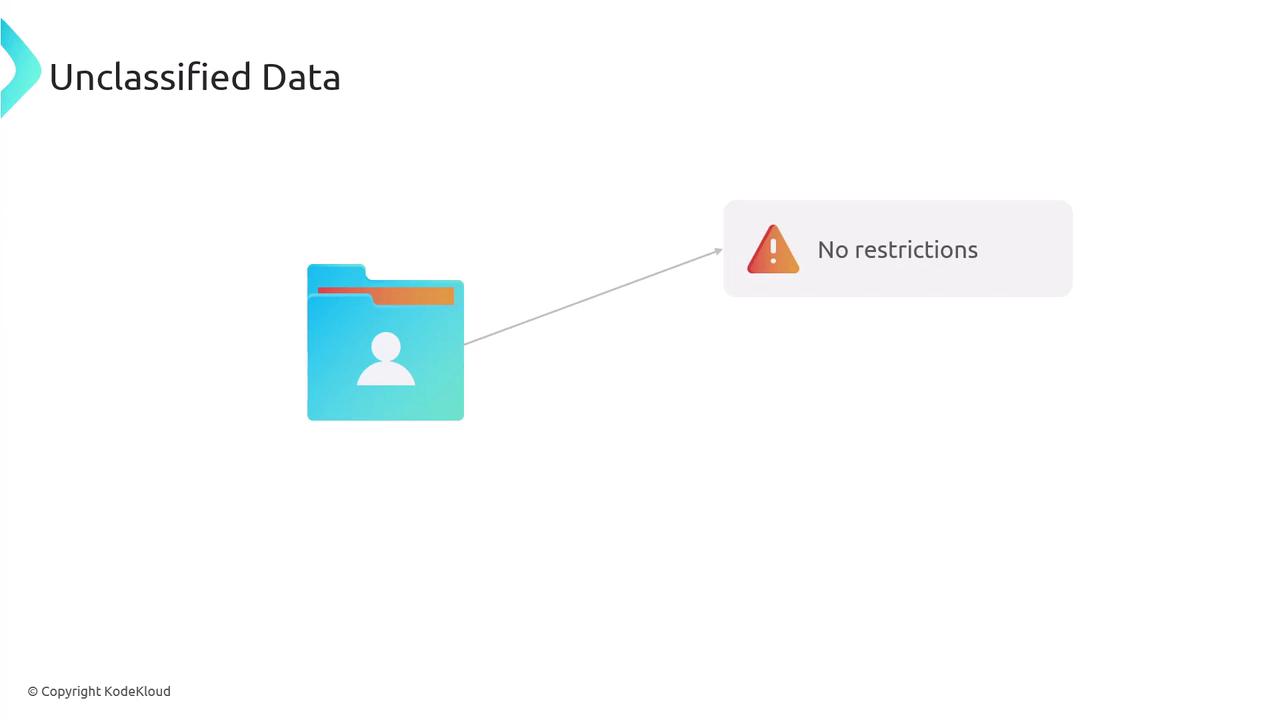
Secret Data
Secret data is highly sensitive and is accessible only to authorized personnel. There are cases where this data might be shared with trusted third parties, but only after a proper non-disclosure agreement has been established.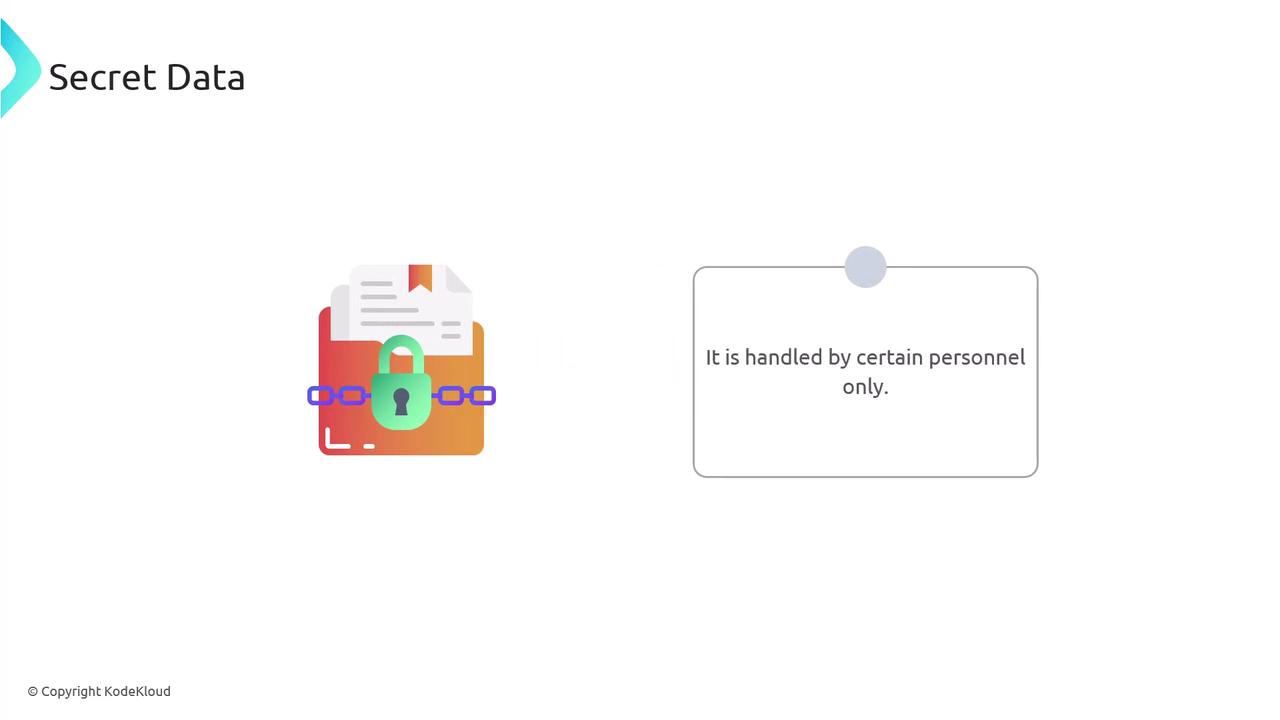
Top Secret Data
Top secret data represents the highest level of sensitivity. Due to the extreme value and risk, this information is accessible only to a very limited number of individuals.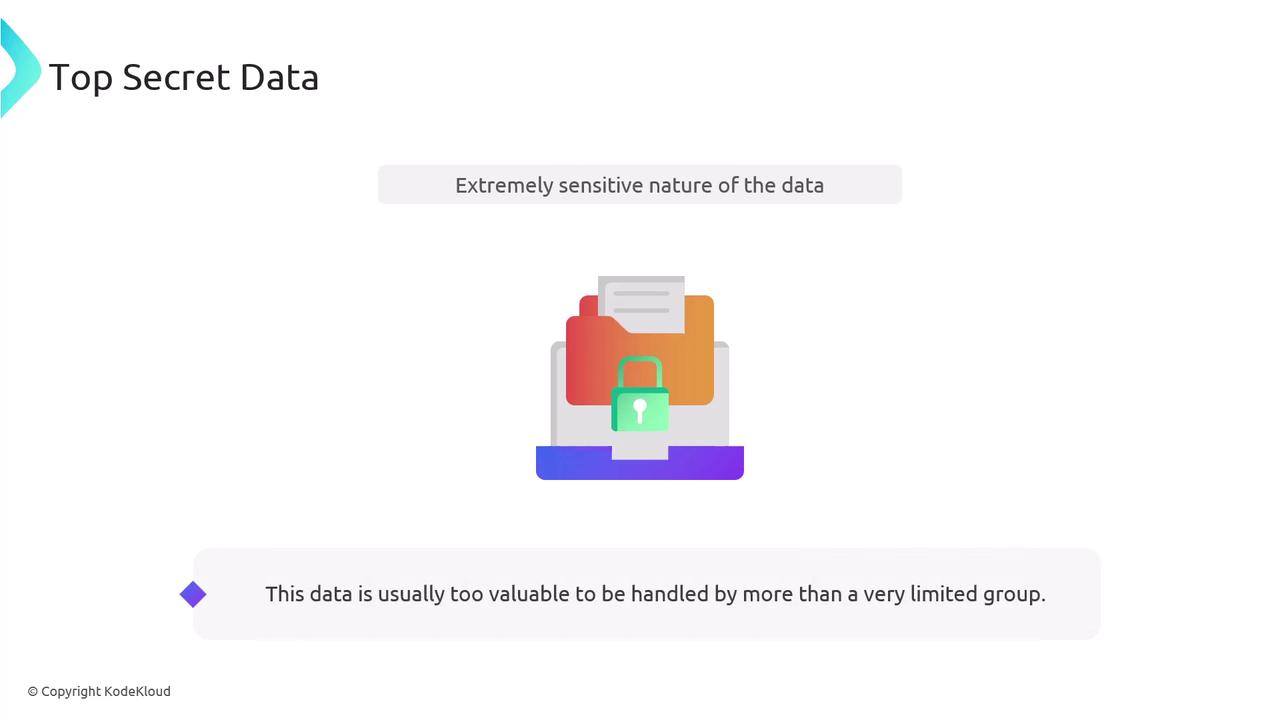
Private Information
Private information includes personally identifiable details such as social security numbers, names, addresses, and health records.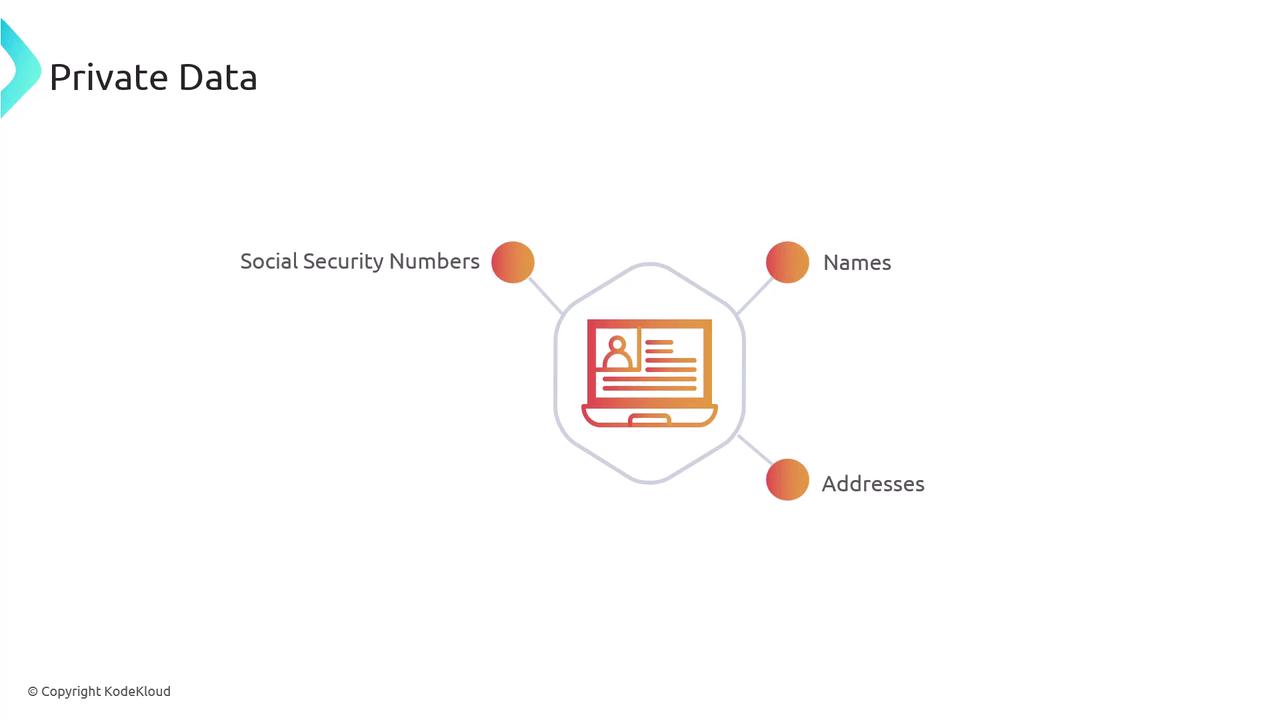
Sensitive Information
While similar to private data, sensitive information covers data that, if disclosed, could lead to more significant harm to an individual. This category may include personal identifiers along with potentially compromising details such as race, religion, ethnicity, or organizational affiliations. As a result, sensitive data requires stringent control and limited access.
Warning
Always ensure that classification policies are regularly reviewed and updated to reflect any changes in data handling practices or regulatory requirements.
Watch Video
Watch video content